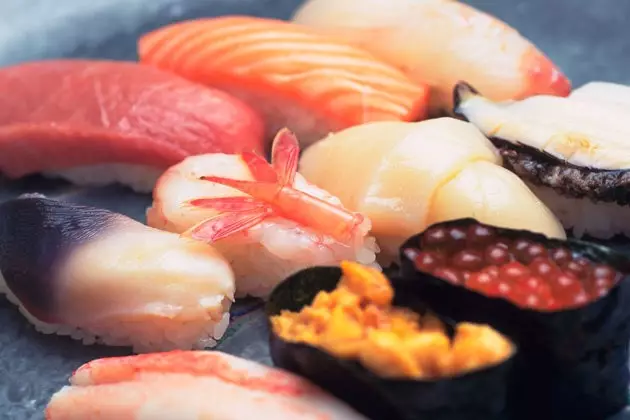
21 things you didn't know about sushi
1) There is a University of Sushi. That kind gentleman who prepares your plate is a Itamae, a teacher who has studied for years at universities specializing in sushi. The graduates take up to four years to be able to touch a fish, and recognize its quality just by seeing it in the market.
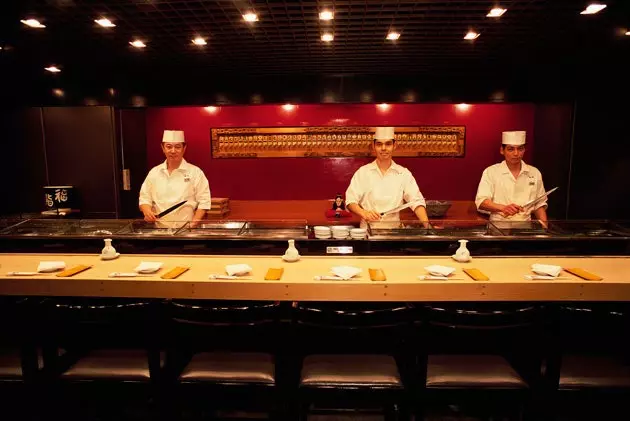
Sushi masters in a restaurant
2) Women can't make sushi. Traditionally, only boys can prepare this Japanese dish. Culinary sexism? The reason, they explain, is that females have a higher body temperature, so they alter the flavor of the rice when they prepare it.
3)You can eat it with your hands. So much time spent learning how to use chopsticks for this? Yes, the traditional way of eating sushi is with your own hands, so forget those disturbing sticks.
4)If you order chopsticks, never rub them together. Doing so, even to remove bits of wood, is considered extremely rude. It is as if you told the chef: “your chopsticks are cheap”.
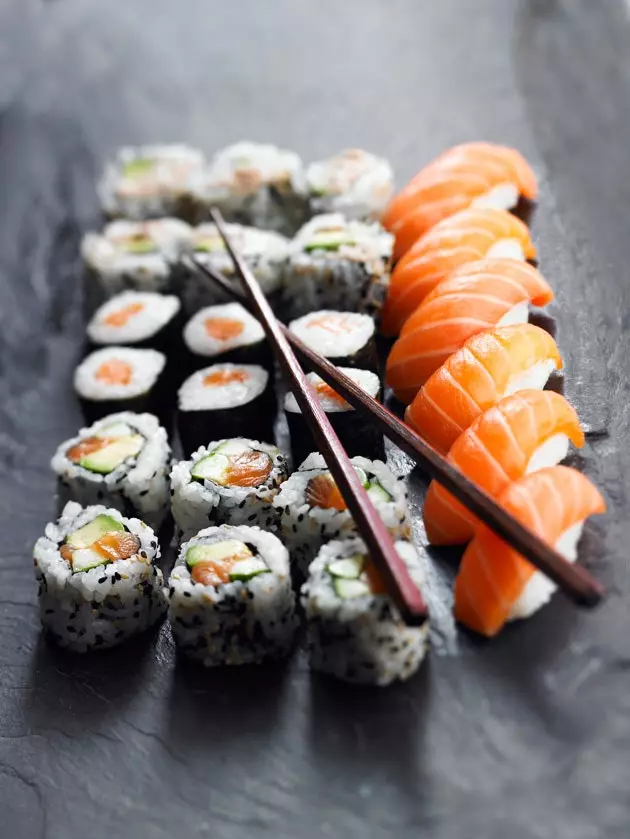
Don't rub the chopsticks
5) Do not pass the food. If you want to give something from your plate to someone else, pass it around with your hands. Doing it with sticks is reminiscent of the tradition of moving the bones of the deceased. Never leave them upright, pinned to the food, either. That is only done with incense at burials.
6) Point out good manners. Before you start eating, say the word “Itadakimasu” (pronounced “i-tadaikimás”) to wish your table companions good luck, and wash your hands with a damp towel or “oshibori”.
7) Follow an order to eat. Don't start eating sushi like crazy. Ideally, you should start with the fish that has a lighter flavor , and finish with the strongest flavors. Taste the white ones first and then the pink and red ones. That mysterious piece with tortilla, is for desserts.
8) The tradition is with tuna. In Spain we always order salmon and tuna maki, but in Japan the former are really rare and hard to find. In fact, the Norwegians are considered to have introduced salmon to their cuisine in the 1980s.
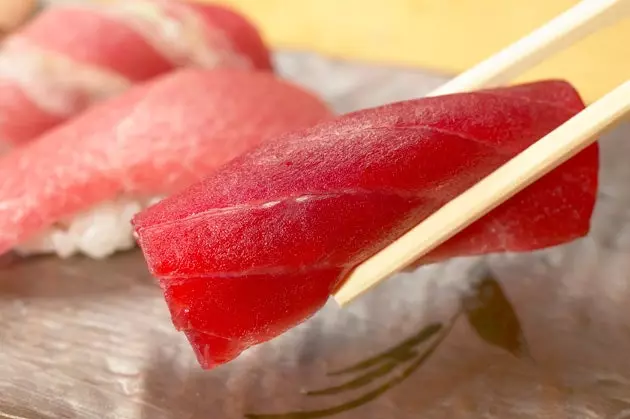
The traditional sushi is tuna
9) Never with avocado. Did you really think Japan had avocado? Well no. All varieties of California roll (maki with avocado, mayonnaise, Philadelphia cheese and hot sauce) were invented in the United States and Brazil . The Japanese find it very rare to use these ingredients, and in fact you will find very little of them in the country.
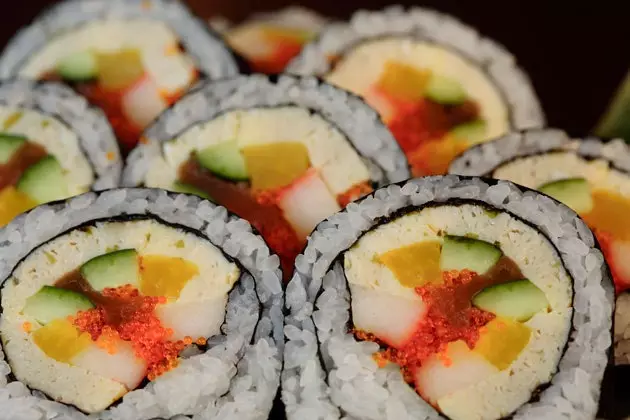
California Roll, a non-indigenous sushi
10)Don't put all the sushi into the soy sauce. If you impregnate the piece too much, the fish loses flavor. You just have to submerge the side a little (that is, you turn it and put the fish down) and never wet the rice.
11) The nigiri is eaten in one bite. That of dividing the sushi in half is very frowned upon. Try to eat it all at once, even if you have to open your mouth wide. At most, you can make a couple of bites, without ever leaving one of the pieces on the plate.
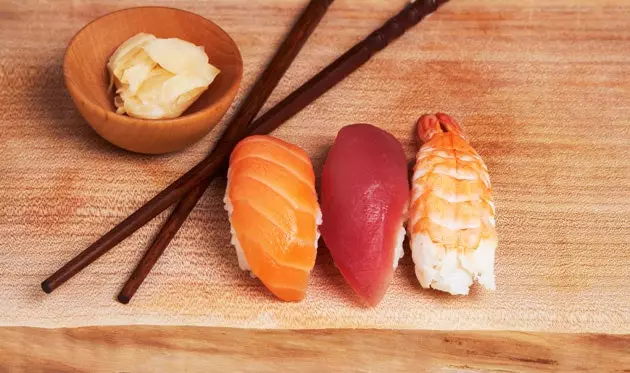
The nigiri is eaten in one bite
12) Wasabi always goes inside the sushi, not apart. Although you have the option of ordering it without wasabi, they will look at you a bit funny if you do. The green paste we know, moreover, is a cheaper version of horseradish than the original root, served in strips.
13)Eliminates the itchy effect. If they point to wasabi and make the typical “eat this green, it's very good” joke, try breathing through your nose while your mouth is burning, and you'll see the spiciness disappear in a matter of seconds.
14) Ginger makes sense… Although no one quite understands why it is there, ginger has the function of making us enjoy sushi pieces more. When changing fish, you can eat a little of this plant to remove the taste and start “from scratch” with the new flavors.
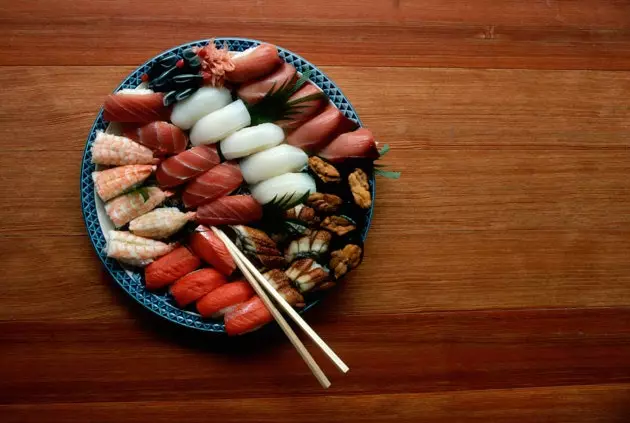
ginger makes sense
15)… But it's never pink. As with wasabi, good quality ginger is white. The pink one is a version with dyes that indicates that the restaurant does not want to spend a lot of money on companions.
16) Do not leave the plate empty. If you don't leave even a grain of rice, the cook will think that he hasn't made enough food. So either you leave some, or you congratulate the master and buy him a sake.
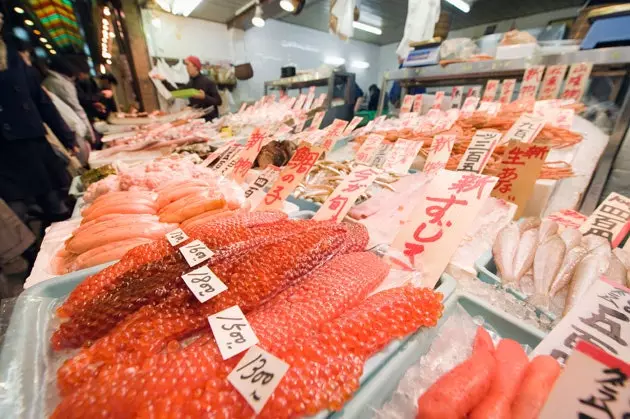
Sushi for sale in the Kyoto market
17)The machines also make sushi. If you walk through the center of Tokyo and see all-you-can-eat buffets for ten euros, don't be fooled: it's probably a Chinese restaurant in disguise. The curious thing here is that the sushi pieces are not made by people, but by specialized machines for cutting fish and put it on rice.
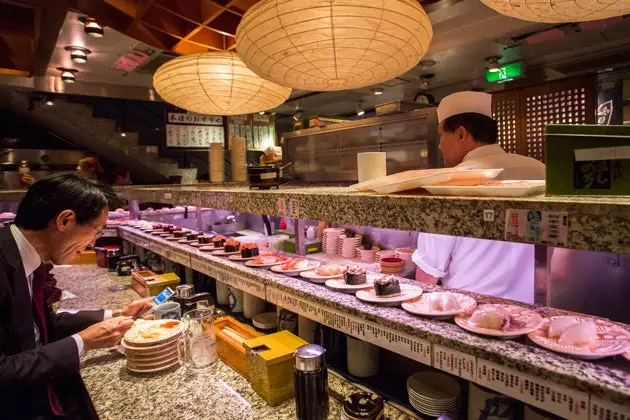
Machines also make sushi
18) When in doubt, Kamakura. This wonderful coastal town hides some of the best places to eat sushi. Do not be afraid to venture through its narrow and dark streets; there is no other place like this to meet real Itamaes.
19)The smaller the better. The best sushi places are usually so small that they only fit six or seven people. In them you eat at the bar and have the cook very close. Avoid large venues with waiters and many tables: sushi should be served at the counter.
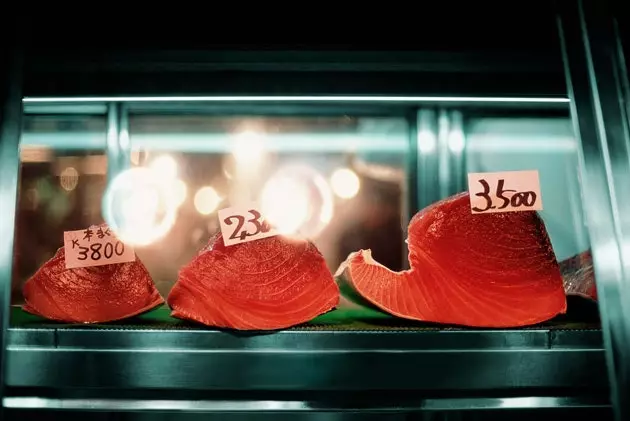
Selling sushi at the fish market in Tokyo
20) The art of the fan. In case you want to prepare sushi at home, remember that one of the keys is to dry the rice with a fan. To the flamenco. The 'uchiwa' allows the rice to come to room temperature naturally.
21) It is not the favorite dish of the Japanese. They are neither fans of sushi, nor do they eat it on a daily basis, nor do they necessarily miss it when they are away from home. The love for this dish, strange as it may seem, is more present abroad than within the country. The proverb already says: "No one is a prophet in his land."
_ You may also be interested..._*
- Emerging Powers at the Table: Tokyo
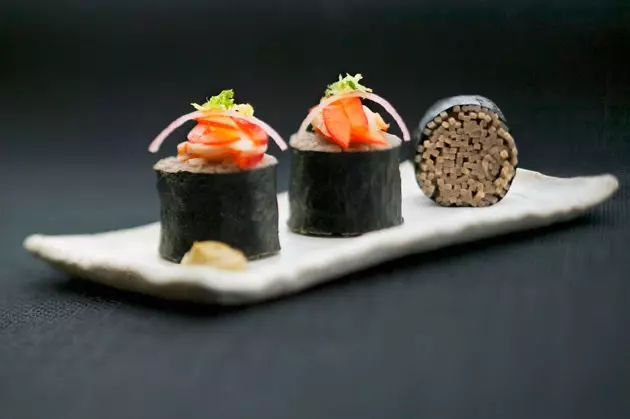
long live the sushi
